
When I first started doing plumbing in 1971–at least for money–venting island kitchen sinks was a bit of a problem. Plumbing fixtures need a means of venting the drain line so that water can flow as fast as possible down the drain and so that water doesn’t get sucked out of the trap–which could allow sewer gases to enter the home. Somehow sewer gases and the smell of fresh baked bread or homemade pizza just don’t go together.
We had to create all kinds of strange assemblies of pipes to create this venting–it worked, but was time consuming to construct and took a lot of additional pipe. Pipe and time equals money.
Along came the “auto-vent” or “air-vent.” This mechanical device had a spring loaded gasket inside that would allow air to flow into the pipe but not let sewer gases out–or, in the event of the pipes flooding, the device would not allow sewage out either. How is that for a plan? It does indeed sound like a good idea.
These vents could be installed right at the fixture location–saving tons of time, pipe and money. Unfortunately most jurisdictions did not allow them–except in the mobile home industry–where they are still allowed–go figure. Here is a picture of one of these vents that I found installed at a kitchen sink in new construction that had to be replaced after the inspection.
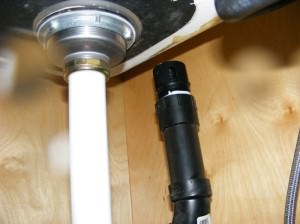
If you can see a spring inside the cap, it is an Auto-Vent.
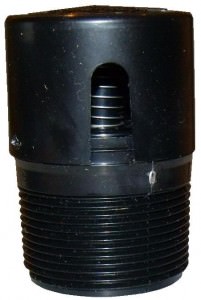
At some point in the 90’s, a new type of air-vent could be found in the neighborhood–called the Air Admittance Valve–or AAV. AAV’s quickly gained acceptance in most jurisdictions and are now widely used in many jurisdictions. These valves are different from Auto-Vents in that there are no spring mechanisms that can fail and they have screens to keep out critters. They have a simple EPDM diaphragm that allows air into the drain under negative pressure and seals tight under positive pressure (EPDM?–trust me you don’t want to know what the initials stand for–synthetic rubber for short).
AAV’s, to meet approval for use in residential construction, have to demonstrate that they can go through 500,000 cycles without ever passing gas–roughly equivalent to 30 years. Man I sure wish I could do that! Here is a picture of a modern AAV on a laundry sink drain.
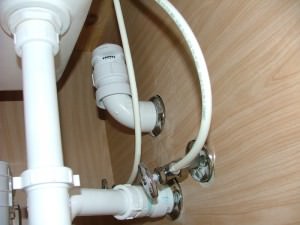
While a really simple device, they must be installed within 10 degrees of vertical, they must be installed on the glued-pipe side of the trap, they have to remain accessible and they cannot be the only means of venting the plumbing system.
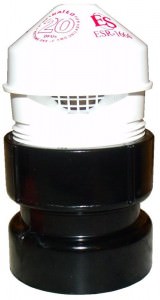
These Air Admittance valves come packaged with a rubber band that needs to be removed at the time of installation–I sometimes find them with the rubber band still in place–rendering them non-functional.
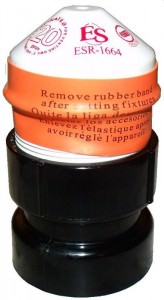
So, never–ever–pass gas again!
Now what fun would that be?
By Charles Buell, Real Estate Inspections in Seattle
If you enjoyed this post, and would like to get notices of new posts to my blog, please subscribe via email in the little box to the right. I promise NO spamming of your email